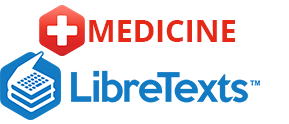By Jennifer Moll, PharmD
Medically reviewed by Richard N. Fogoros, MD on November 07, 2019
When you are following a diet to lower your cholesterol and triglycerides, one of the foods you typically limit are those that are high in saturated fat, such as animal meat. If you've been a meat eater all your life, it's hard to cut it out just like that. Fortunately, you don't have to completely scratch meat off your grocery list.
Meat contains proteins necessary to build muscle and carry out a variety of functions in the body. Unfortunately, meats also contain varying amounts of cholesterol and saturated fats. The National Cholesterol Education Program recommends that if you are trying to lower your cholesterol, your saturated fat intake should not be more than 7 percent of your total caloric intake each day.1
Following a lipid-lowering diet doesn’t mean that you have to surrender your meat entirely. Instead, there are a few things you can do to offset the damage it may do to your cholesterol and triglyceride levels.
Know Which Meats Are Leaner
Some meats are higher in fat than others. For instance, poultry (chicken and turkey), lamb, veal, and “loin” or “round” cuts of pork or beef are considered leaner options.
“Lean” and “extra lean” are nutritional statements designated by the Food and Drug Administration (FDA). However, not all meats can be labeled as “lean.” The following requirements must be met for meats to be designated as “lean” or “extra lean”:
- Lean: Meats with this designation should have less than 10 grams of total fat, 4.5 grams of saturated fat and trans fats, and 95 milligrams of cholesterol in each 100-gram serving.2
- Extra Lean: Meats with this designation should contain less than 5 grams of total fat. Of this total fat, these meats should also contain less than 2 grams of saturated fat and trans fats and 95 milligrams of cholesterol per serving (about 100 grams).







/chimichurrichickenbreasts-56a0765a5f9b58eba4b0a833.jpg)



